
|
Lorna Mills and Sally McKay
Digital Media Tree this blog's archive OVVLvverk Lorna Mills: Artworks / Persona Volare / contact Sally McKay: GIFS / cv and contact |
View current page
...more recent posts
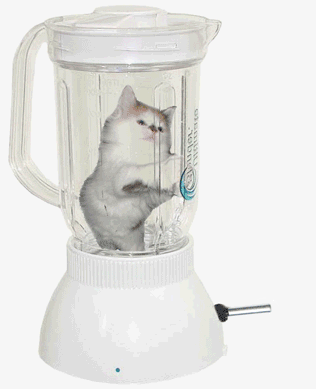
gif illustration sourced by L.M.
There is a decent panel discussion online at MIT about art and technology featuring Lauren Cornell, of Rhizome and Jon Ippolito. For anyone who's been around internet art for awhile, the Rhizome presentation will be a bit redundant, but I found the discussion period fascinating. Ippolito identified a serious art challenge raised by new media and online activity.
I think that there are very strong connections, very important ones, with the past. But I do think that there is a rupture. It is less from the point of view of artists than it is from the folks that define art. What traditions of the definition of art do we have to draw on? Well, we can go back to the Classical period and say it's about proportion, we can go back to the Romantic period and say it's about being out of proportion. But if we want to go back to the most recent definition, that had pretty much universal buy-in among all the major players of museums and galleries and so forth, it's Duchamp. It's saying, if someone declares something to be art, in particular if it occurs inside the white cube of the gallery, then it is art.I'm not sure why, when you see something online, the question of whether or not it is art would even arise, unless you were a curator, or a critic, or a self-defined artist. The challenge posited by Ippolito is specific to art professionals. Bill Arning, curator at the MIT List Visual Arts Center, was in the audience and said this in response.
This definition has been useful in certain ways, I think it's been very damaging in many ways, but it pretty much reigned from Greenberg through the latest biennials at the Whitney. I think it's defunct. It's not the artists who are using that, it's curators ... I find that this excuse, of now we've got a pluralistic art world, has in fact reinforced the position of the curator because now they are the gatekeeper. Yes, anything in the gallery is art, but I control what comes in the gallery. Of course there are artists and curators who break that model, but that's been the predominant misinterpretation of Duchamp, that it's a sort of contextual, gate-keeped situation. And I think the internet just blew that away.
There is no gallery lintel, there is no museum facade, when you go to the web. There is no dot.art domain, thank god. Fortunately we've been able to kill the dot.museum domain which is pretty much dead in the water now. For me that's a great thing because it means when you see something online you have to decide, not some curator, whether you think it's art.
As a curator who's in this position, let me talk a little bit about the Duchampian legacy which does involve this institutional framework. One of the things about my practice as a curator is that a lot of the work I see on Rhizome, or [inaudible] doesn't need me. It gets from the maker to the audience without the institution. When you think about all the framing devices in this hyper-market phase with the art fair distribution system, things get talked about because they appear at Art Basel Miami and suddenly you have this whole network. Basically the only role for an institutional museum curator in all this is the stamp of approval. ... Being aware of this role is really perplexing, how do you use that in a productive way? ... I think in some ways the only role for the institutional curator is to step out of this, and ... just watch this system and see where we can be useful. ... I almost have to be interested on an amateur level because my professional practice doesn't help anything in this discussion.Arning's position is extremely unsual (and quite moving, I find). His ability to step back from his own power position and self-identify as an amateur might come from the fact that he is conversant with the paradigms raised by new media art. If pluralism on its own didn't do the job, the internet has definitely given us a window into a wide world of non-heirarchical cultural activity, much of it coming from people who don't define themselves as artists. And I think it's safe to assume that it is happening, and has always been happening, offline as well. In this context, keeping art criteria constrained to the established discourse of the avant-guard seems like a critical cop-out. But how to move forward? Should we adopt Arning's apprach and take a step back? I'm very interested to find out more about curators or critics who are responding to these challenges.
Mike Bayne
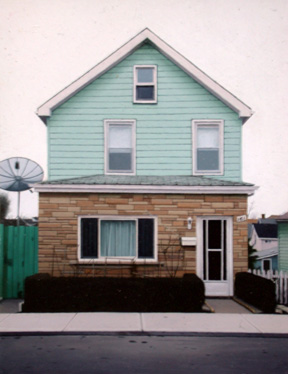
North of Princess #2 2006 Oil on Panel 6" x 4"
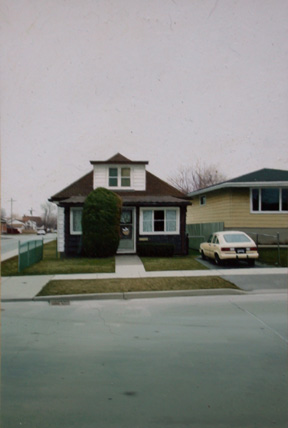
Yellow Car 2006 Oil on Panel 6" x 4"
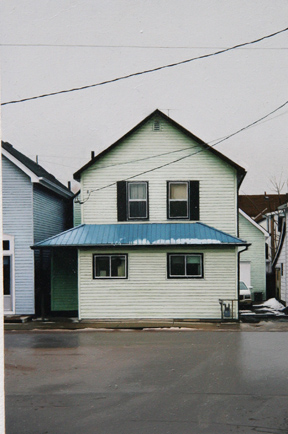
untitled #8 2006 Oil on Panel 6" x 4"
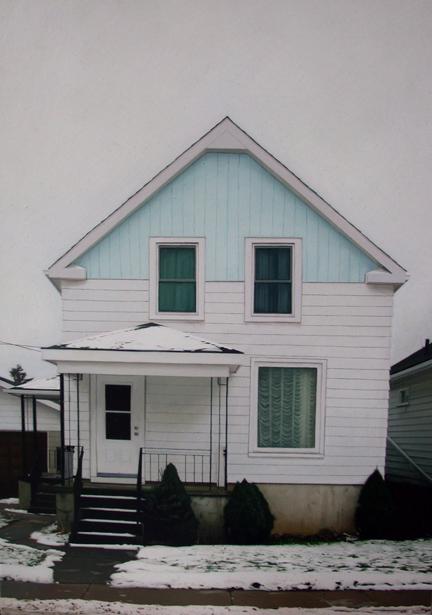
North of Princess 2006 Oil on Panel 12" x 8"
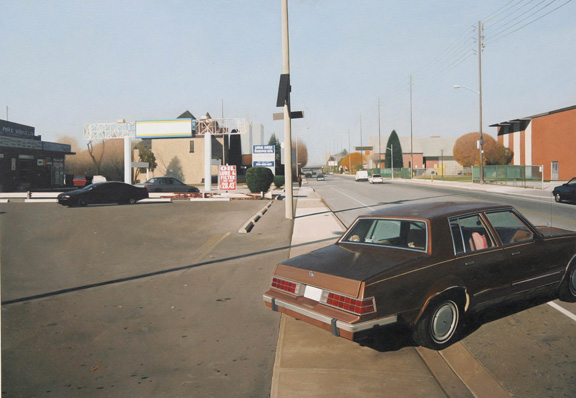
Mimico 2006 Oil on Panel 16" x 22"
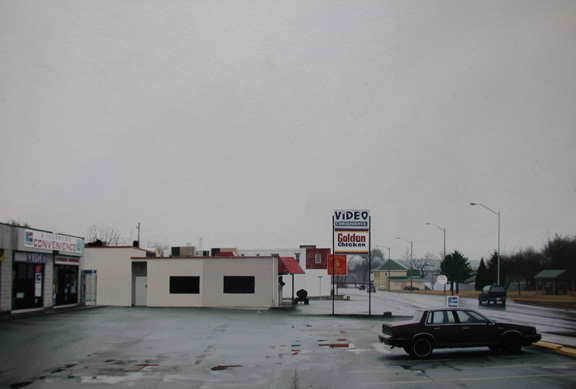
untitled #1 2006 Oil on Panel 8" x 12"
The brilliant Lyla Rye is also opening tonight, Friday the 13th, but closing Sunday, such restraint. (I'll be posting a bigger selection of her work sometime in the next few weeks):
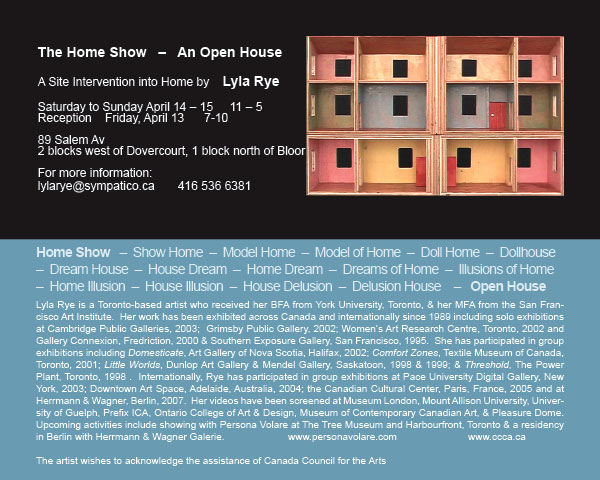
R.I.P. Kurt Vonnegut
from the NYT obituary:
Like Mark Twain, Mr. Vonnegut used humor to tackle the basic questions of human existence: Why are we in this world? Is there a presiding figure to make sense of all this, a god who in the end, despite making people suffer, wishes them well?
He also shared with Twain a profound pessimism. “Mark Twain,” Mr. Vonnegut wrote in his 1991 book, “Fates Worse Than Death: An Autobiographical Collage,” “finally stopped laughing at his own agony and that of those around him. He denounced life on this planet as a crock. He died.”

Work by Lorna Mills
curated by Cheryl Sourkes
at akau inc. 1186 Queen Street West, Toronto, Canada
April 13, 2007 - June 9, 2007
Opening party: Friday April 13, 7:00 PM.
I also think the Ukrainians invented this:
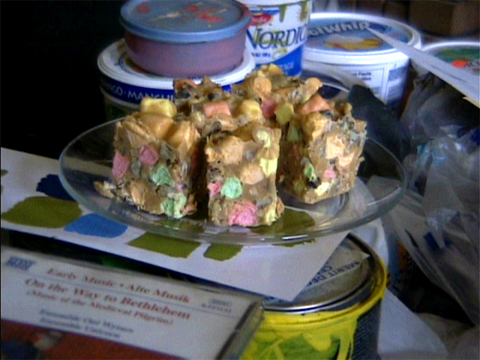
Popular at church socials and funerals. And, eat three of them and riot in the streets over falsified election results & drag queens with accordions.
I fear them and you should fear them too. (angry Ukrainians, not the squares, you will love the squares and they will love you back, giving you super human powers)
(I am so fucking sugared up and happy)